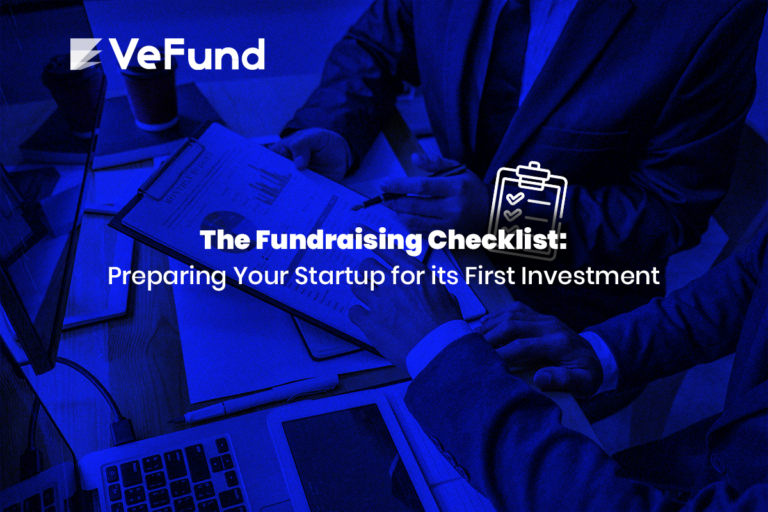Nine Startup Metrics Investors Want to See
Tracking metrics for your startup is essential to impress investors. It could be for fundraising purposes or just an update. In both ways, investors would be interested in reviewing well-informing metrics about your startup.
Not only for investors, tracking metrics is essential for you as a founder and for employees. Having a clear view of your startup’s growth and the type of growth you care about is critical to enduring in the market.
In this article, we are going to explore some of the most informative metrics that both investors and founders use.
Note that you have to be mindful of what metrics to use, how many of them, and their order of importance to your startup. Not all metrics are applicable to every business model. You have to decide which suits your business model and informs you the best.
With that said, let’s jump ahead.
1. Revenue
Once you start selling your product/service, keeping track of sales revenues is essential. It doesn’t matter what category your business model falls into. Sales revenue is vital for you as a founder and for investors.
Revenue is recognized after the product/service has been delivered. Whether the customer pays the cash before or after receiving the service, register the revenue only after your startup actually delivers the service.
The reason investors care about revenue is obvious. It is a direct indicator of demand for your product and a sign that you actually have a running business.
2. Bookings and Total Customers
The total number of unique bookings and customers is a good metric to track especially if you are in the B2B landscape. To be more specific, if your startup sells big products to usually one-time customers, counting bookings and customers is your fellow metric.
3. Recurring Revenue
Recurring revenue is how much you get per period of time from repeated customers.
Monthly Recurring Revenue (MRR) is what you get from repeated customers each month.
Annual Recurring Revenue (ARR) is MRR * 12.
This is suitable for companies that require periodical subscriptions. Famous examples of this are Spotify and Netflix.
The recurring revenue metric is a good way to keep track of revenue in one part and customer retention in another. Consistent growth in this metric shows clearly that the product is loved by customers.
4. Gross MRR Churn
Monthly recurring revenue lost / Monthly recurring revenue at the beginning of the month.
This is an essential complement to the recurring revenue metrics. For both investors and founders, it is critical to know how many customers the business loses over time.
5. Customer Retention
Customer retention is the percentage of users who came back over a period of time.
You should first define what it means for a user to come back: make another purchase for instance. Then you should base the period of time based on how often users should need your service.
For example, a grocery e-commerce store would expect users to come back almost daily. A company like Uber would use a longer time period to be more realistic.
6. Gross Transaction Volume (GTV)
Total sales, or payment, over a given period.
This metric fits companies in e-commerce or fintech. The GTV matters if the startup’s business model is to profit over a percentage of the transactions happening on the platform.
Companies like Paypal and Amazon fit into this category.
Net revenue is also an essential metric to keep track of along with GTV. It is the portion the startup actually gains from GTV.
7. Active Users
Measuring the daily active users (DAU) or monthly active users (MAU) is required if users should be using your service most of the time.
This is the case for companies that count on advertising. This includes Twitter, Facebook, YouTube, … etc.
It could also be useful even for subscription-based services. Decreases in active daily usage in this case would be an early alarm that users may cancel subscriptions. For example, if the user pays for Netflix without using the account regularly they may as well cancel soon.
8. Gross Profit
Gross profit is revenue minus the cost of goods sold.
This helps in keeping track of profitability over the most direct cost of selling. Founders should start watching this metric closely if their business is supposed to be currently profitable.
9. Paid Cost Acquisition per Customer (CAC)
Finally, if the startup is running advertisements, it is critical to keep track of the cost of acquiring new customers. Specifically, how much on average does it cost to gain a new customer?







